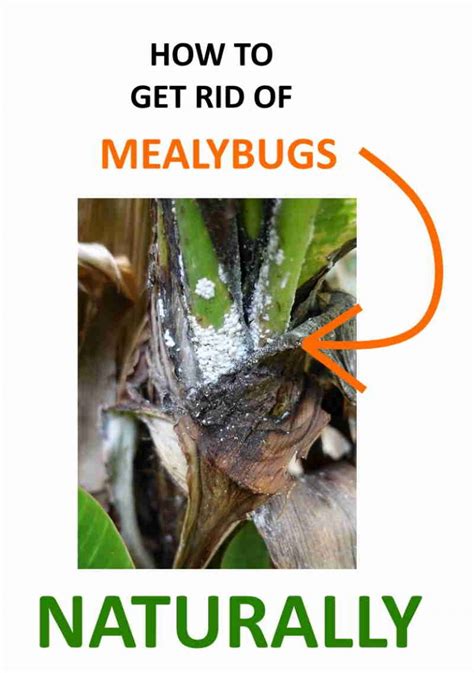How to Get Rid of Mealybugs: A Comprehensive Guide
Mealybugs. Just the name conjures up images of sticky leaves and unhappy plants. These tiny, sap-sucking insects are a common pest for houseplants and garden plants alike, but don't despair! This guide will equip you with the knowledge and strategies to effectively eliminate mealybugs and keep your plants thriving.
Identifying Mealybug Infestations
Before you can tackle mealybugs, you need to know what you're dealing with. Mealybugs are small, soft-bodied insects, typically ranging from 1/8 to 1/5 inch in length. They're easily identifiable by their cottony, white, waxy coating. This coating protects them from insecticides and predators. Look for these telltale signs:
- White, cottony masses: These are the most obvious sign of a mealybug infestation. You'll find them clustered on stems, leaves, and even at the base of the plant.
- Sticky honeydew: Mealybugs excrete a sticky substance called honeydew. This sugary liquid attracts ants and can lead to the growth of sooty mold, a black fungus that further hinders the plant's health.
- Yellowing or distorted leaves: As mealybugs feed on plant sap, they can cause leaf discoloration, yellowing, and wilting. Severe infestations can even lead to plant death.
Effective Mealybug Control Methods
There are several methods to effectively control and eliminate mealybugs, ranging from simple home remedies to more intensive treatments. Choosing the right approach depends on the severity of the infestation.
1. Manual Removal
For small infestations, manual removal can be highly effective. Simply use a cotton swab dipped in rubbing alcohol to carefully wipe away the mealybugs and their eggs. This method is particularly useful for reaching mealybugs tucked away in crevices.
2. Insecticidal Soap
Insecticidal soap is a readily available and relatively safe option for controlling mealybugs. Always follow the product instructions carefully. Apply the soap to the affected areas, ensuring thorough coverage. You may need to repeat the application several times for complete eradication.
3. Neem Oil
Neem oil is a natural insecticide derived from the neem tree. It's effective against a wide range of pests, including mealybugs. Similar to insecticidal soap, apply according to the product instructions and repeat as needed. Neem oil works best as a preventative measure and on early infestations.
4. Isopropyl Alcohol (Rubbing Alcohol)
A strong solution of isopropyl alcohol (70% or higher) can effectively kill mealybugs. Use a cotton swab or spray bottle to apply the alcohol directly to the insects. Be cautious, as alcohol can damage plant leaves if overused.
5. Systemic Insecticides (Last Resort)
Systemic insecticides are absorbed by the plant, making the plant itself toxic to mealybugs. These are generally a last resort as they can be harmful to beneficial insects and the environment. Use only as a last resort and strictly follow the instructions.
Preventing Future Infestations
Preventing mealybug infestations is crucial for maintaining healthy plants. Here are some preventative measures:
- Regular Inspection: Regularly inspect your plants for signs of mealybugs and other pests. Early detection is key to preventing widespread infestations.
- Quarantine New Plants: Isolate any new plants for a few weeks before introducing them to your existing collection. This helps prevent the introduction of pests.
- Maintain Plant Health: Healthy plants are less susceptible to pest infestations. Ensure your plants receive adequate sunlight, water, and nutrients.
- Proper Hygiene: Clean your plants regularly, removing dead leaves and debris that can harbor pests.
By following these steps, you can effectively combat mealybugs and keep your plants healthy and vibrant. Remember, persistence is key! Consistent monitoring and treatment are essential to completely eradicate these pesky insects.
